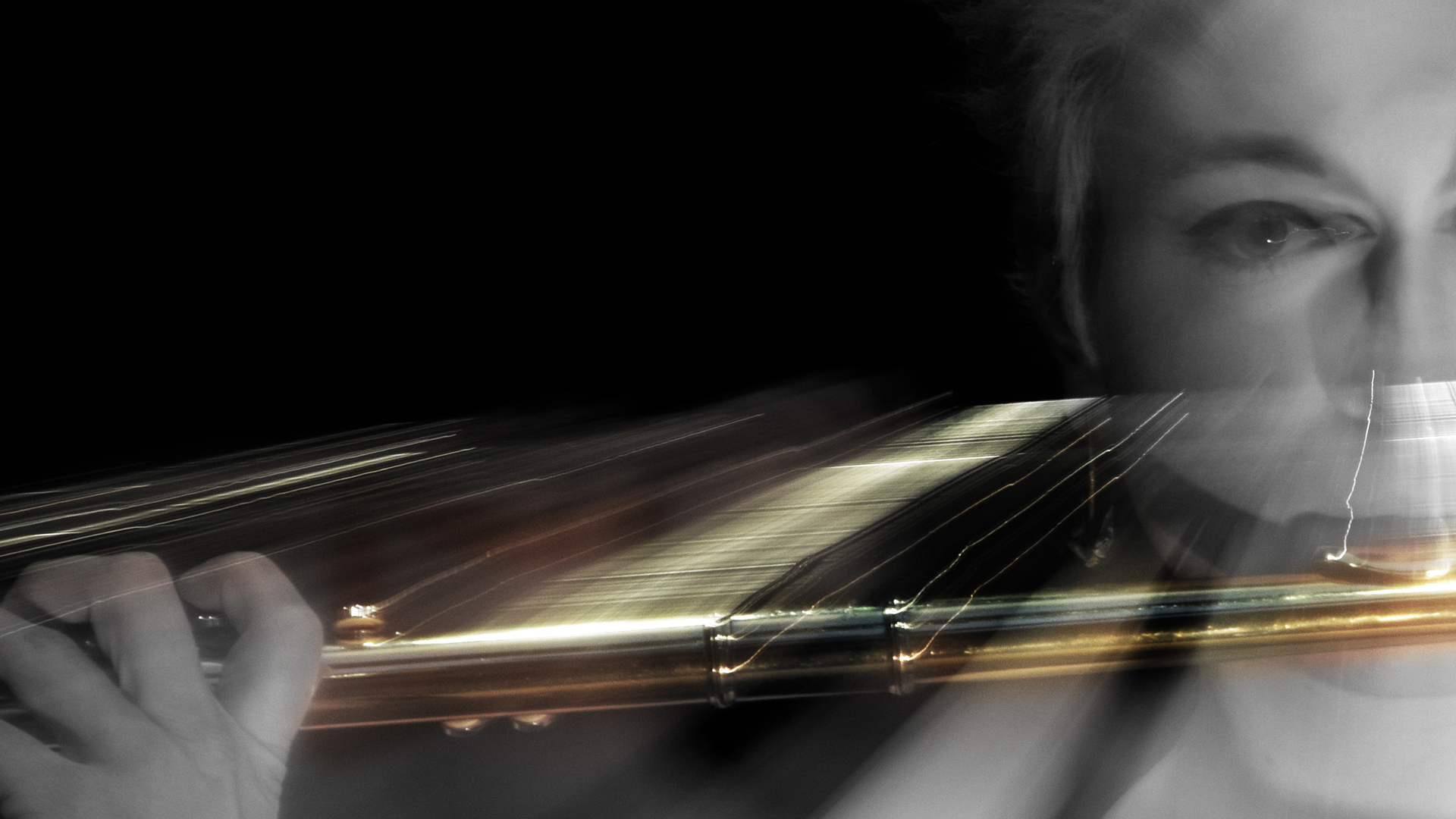
A night of music and organised sound that will inspire, intrigue and interrupt. LEVEL presents a series of curated contemporary and historic works by international sound artists.
The ORGANISATION of SOUND.
Short sounds, long sounds, loud sounds, quiet sounds, falling sound, crying, laughing, squeaking, singing sound, low and high sound. Sounds organized and sculpted into intriguing music works where our instinctive sensory perception, memory and experience provide moments of pure poetic beauty, serene lyrical connections and sharp, dark and disturbing interjections.

7.30 – 9.00pm 1 June 2018
Electro-acoustic sound art, live performance, interactive sound and a new audio visual installation at LEVEL.
Sound as art, sculpted and choreographed in space using a multi speaker diffusion system. Compositions where gestural, textural and spacial qualities take priority over traditional harmonic, melodic and cultural structures.
7.30 – Drinks and sound in the LEVEL Galleries.
The opportunity to play unexpected instruments + interactive audio visual instruments, experience sound designed for headphones (including binaural recordings) and visit a new audio visual installation created at LEVEL
8.00 – Performance
Performance of new and historic work in the main event space. Featuring live performances by Imogen Trinder (flute) and Andrew Williams (live sound processing and sound diffusion) together with contemporary and early works by international sound artists, composers and interesting people.
Duration approx. 35/40mins
8.45pm – Talk, react, complain and praise. Discuss reactions to the performances, installations and reflections upon the event over drinks.
FREE event.
Numbers are limited so please book a place in advance. Email david@levelcentre.com or tel: 01629 734848
Further Information
LISTEN will use a multi speaker diffusion system to shape and transform the sound in the space. The performance space will have minimal lighting, creating dark areas where the auditory perception can be heightened and sonic information prioritized – a contrast with a society that often values visual information over our other senses. LISTEN will provide an opportunity to dip into the world of acousmatic music, sculptural sound, electro-acoustic music, live electronics and early examples of music concrete.
Sound at LEVEL
At LEVEL, we create, perform and develop new sound on a regular basis. Sound is one of the primary means of engaging our participants as both listeners/audience and as creators/performers. Although our work involves a multi-model sensory approach we believe sound to have the most significant influence upon most people.
‘Nothing essential happens in the absence of sound’ (Jacques Attali – The Political Economy of Music, 1977).
Changing the nature of sound influences the way people create, behave and approach activities, whether that be improvised physical performance, tactile sensory sessions or visual art. Most sound at LEVEL is improvised and created live in collaboration with participants. We are continually looking to develop our processes and method using a variety of sound production tools and discovering new ways in which sound can be performed. This includes instruments, the body, vocal sound, objects, amplification, computer generation, production, manipulation & performance interfaces, location recording and sampling.
A microphone feeding a simple delay line/sampling device is a core tool for LEVEL as it provides immediate personal feedback and amplification. Delay lines allow sound to be reflected back into the space with latency enabling people to respond, react, develop and play within their own sound world without the need to hold, touch or manipulate a physical controller. This system allows small, quiet sounds to be amplified and repeated, helping participants recognize their own sounds and often leading them to build upon very simple and nervous starting points, gain confidence and connect with others in the space. Such improvisations and explorations can transform into intriguing audio-physical performances responding to the rhythm, texture and quality of the sound.
Our research and development programme includes work to extend and develop the nature of these simple feedback systems providing new means of manipulating, structuring and organising sound intuitively.
Sound created at LEVEL is often very different from traditional forms of music. It tends to value gestural and textural qualities rather than traditional harmonic or melodic content and structure. Our participants and performers each develop their own unique artistic language formed through the sound they produce, its method of production, and the way in which it is developed through play and improvisation. We value this and wish to produce events where our approach, experimentation and productions can be understood and made available to a wider audience. In addition we wish to connect with others who are experimenting with sound, its composition and the potential of its propagation.




Further Reading
Information about composers featured at LISTEN
Parmegiani – on the WIRE (Nov 2013)
https://www.thewire.co.uk/in-writing/interviews/bernard-parmegiani_sound-thinking
Petra Bachrata – Soundcloud
https://soundcloud.com/petra-bachrata
Terminology
History of Electro Acoustic Composition and sound generation.
Electric/Electronic/Electroacoustic and Experimental Music Timeline.
http://brianbridges.net/wp-content/uploads/2014/05/Introduction-to-Electroacoustic-Music.pdf
Acousmatic music (from Greek ἄκουσμα akousma, “a thing heard”) is a form of electroacoustic music that is specifically composed for presentation using speakers, as opposed to a live performance. It stems from a compositional tradition that dates back to the introduction of musique concrète (a form of musique expérimentale) in the late 1940s. Unlike musical works that are realised using sheet music exclusively, compositions that are purely acousmatic (in listening terms) often exist solely as fixed media audio recordings.
From Wikipedia: https://en.wikipedia.org/wiki/Acousmatic_music
Acousmatic; sound whose origin is not seen. The listener is not having any visual cue attached. The first recorded use of acousmatic sound was by Pythagoras way back in Ancient Greece. Pythagoras would place a black curtain between him and his audience when giving lectures. He did this so that his students would focus more on his speech than on his person. The word acousmatic comes from the Greek word akousma: what is heard.
In his 1966 publication Traité des objets musicaux Schaeffer defined the acousmatic as: Acousmatic, adjective: referring to a sound that one hears without seeing the causes behind it (Schaeffer 1966: 91). Schaeffer held that the acousmatic listening experience was one that reduced sounds to the field of hearing alone.
Musique Concrete – Pioneering Electronic Music:
